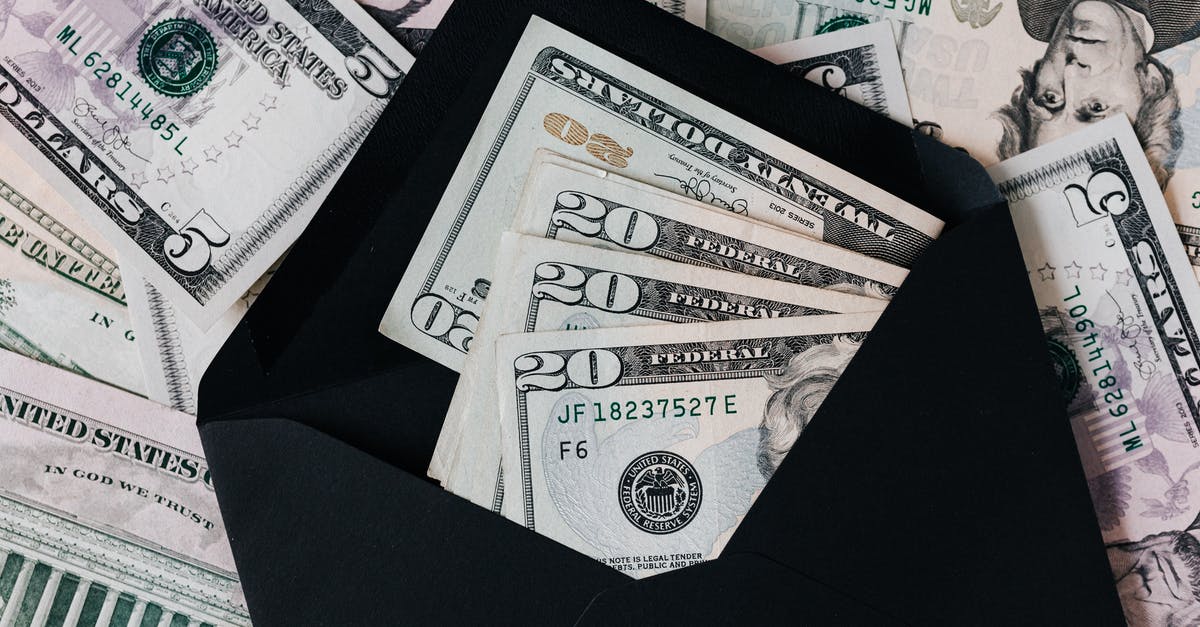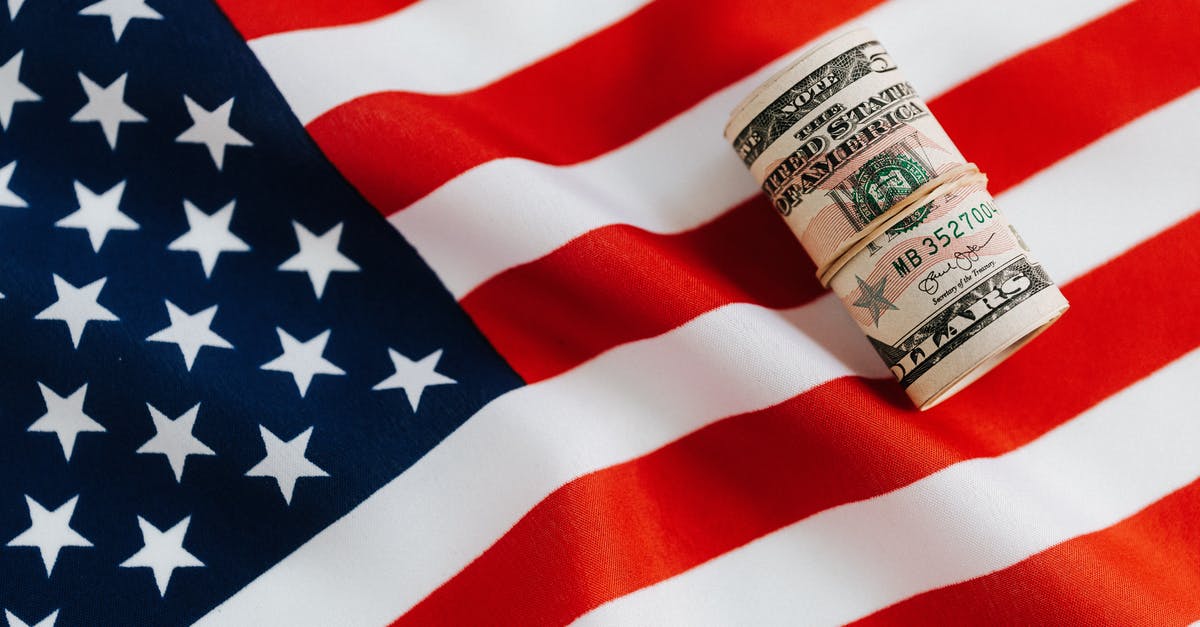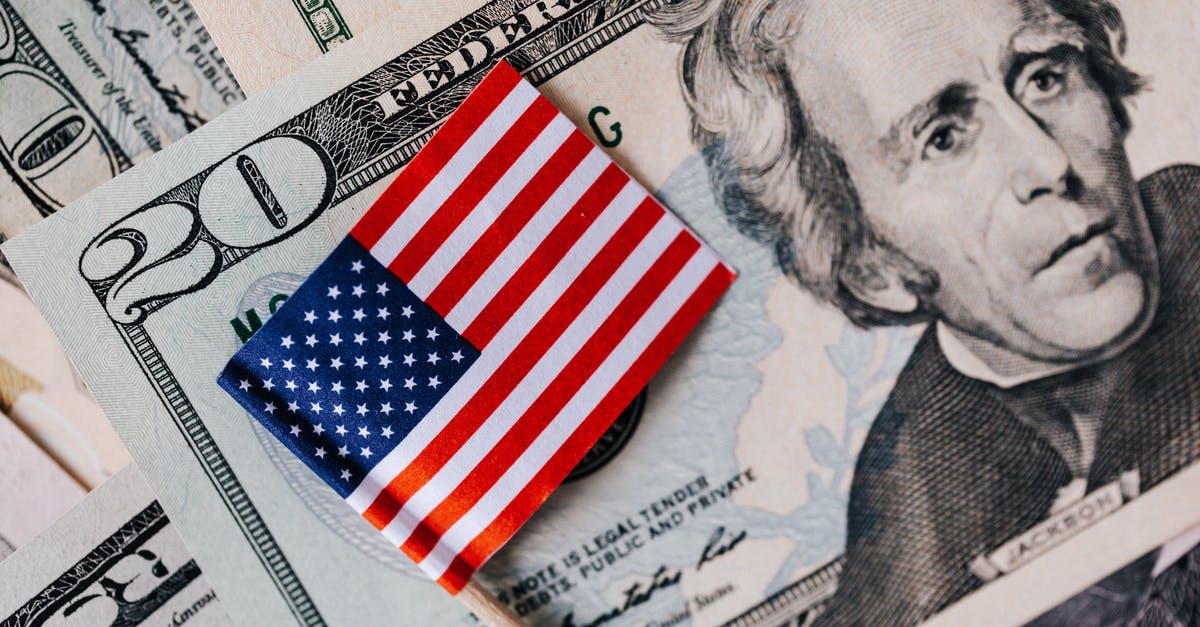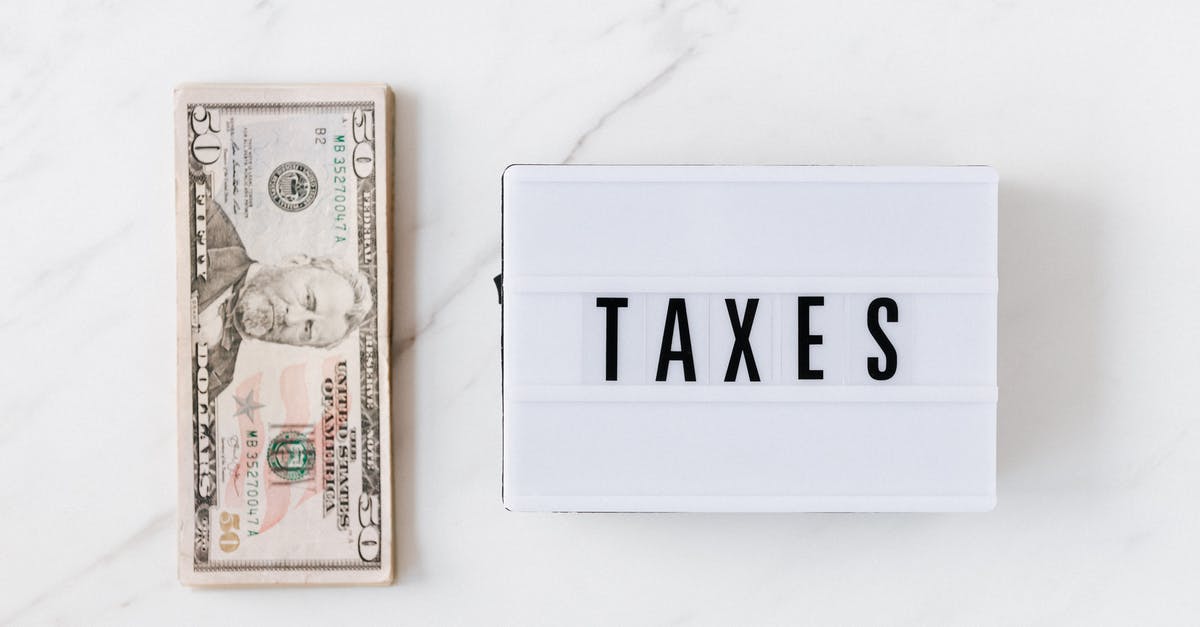Are the homes in The Americans realistic for the economy in America in the 1980s?

I've been watching The Americans, which is set in metro-DC (America) in the 1980s.
I noticed that the stars, whose income comes from their jobs as travel agents, live in a home I'd estimate as costing $1M USD in today's money. Their neighbor is an FBI (American Federal police) field officer with a stay at home wife. His house is comparable in value but maybe slightly smaller, perhaps $700 - $800k.
In Season 2 they showed an Air Force Colonel's estate. It was a true mansion. It had to be at least $2 - 5M.
Given the occupations, is this realistic? It very well may be, but I just didn't know that these government positions paid so well (though I realize that there's probably a lot more variation in what travel agents used to make before they became extinct due to the rise of the Internet).
Best Answer
I think your estimates are a little off; those were plausible homes for those characters at that time.
I live in the DC area and have purchased two homes here in the last 20 years. From what I know of the location of their house (Falls Church, according to the show), the rough size of the house apparent from the interior shots, and the small very yard and structural connection to their neighbor as seen in exterior shots, I would say $1 million in today's dollars is off the mark. A 3 BR house like that in Falls Church would probably run you in the $700,000-750,000 range in 2020. Here is a link to a similar attached home with garage and 3 BR for $725,000. My impression of Beeman's home is that it was identical, being part of the same development.
I did not live in the DC area in the 1980s, but I began visiting very frequently in the early 1990s and by 1995 when I moved here I was very familiar with the area. At that time, Falls Church was considered a more remote suburb than it is today. The DC area's population has increase VERY significantly in the last 35-40 years and the housing market has gotten very tight compared to what it was. Back in the 1980s, a home in Falls Church would cost fewer inflation-adjusted dollars than it would cost today. The demand for homes there was not as high. So when you adjust for inflation and a more modest market in the 1980s, I think it would be no problem for a long-tenured FBI agent and the owners of a successful small business to own homes like that in Falls Church. Honestly, I think such people could probably afford homes of that scale in Falls Church even today.
As for the Colonel's home, that looked very much to me like one of the homes you see in North Arlington or McLean Virginia. Those homes today--ones as big as the one you see on the show--will run you north of $1 million, maybe $2M. You could find homes in Northern Virginia for $5M, but they would be much bigger, nicer, and farther from the road than the one you saw on the show. Could an AF Colonel afford a place like that? Maybe. Active duty military personnel get housing allowances that are fairly generous. If the guy's wife had a career, or if either/both came from monied families, then a place in North Arlington or McLean isn't too unbelievable.
Pictures about "Are the homes in The Americans realistic for the economy in America in the 1980s?"



The Russian Operatives Who Posed as Everyday Americans
Sources: Stack Exchange - This article follows the attribution requirements of Stack Exchange and is licensed under CC BY-SA 3.0.
Images: Karolina Grabowska, Karolina Grabowska, Karolina Grabowska, Karolina Grabowska
